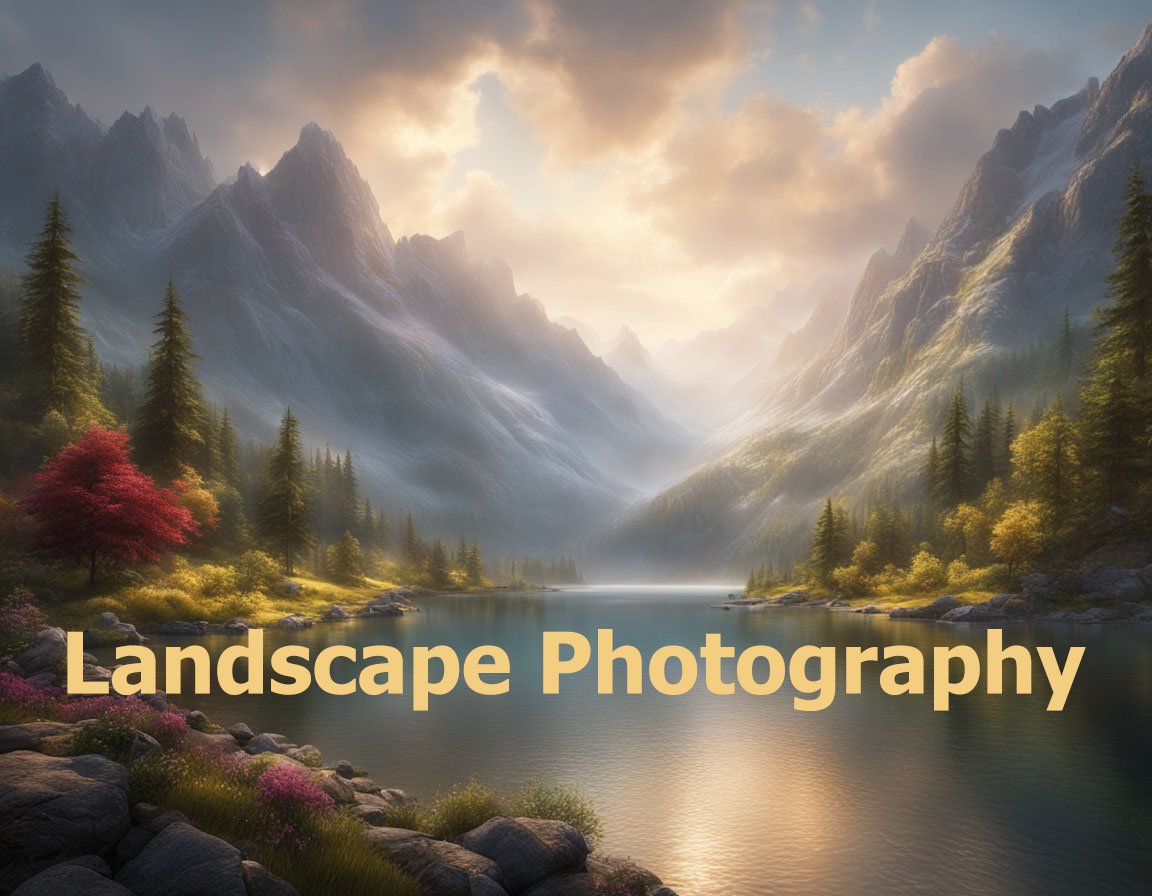Understanding Depth of Field
Depth of field (DoF) is an essential concept in photography that refers to the range of distance within a photo that appears acceptably sharp. While a narrow depth of field blurs out backgrounds and foregrounds, a wider depth of field helps keep more of the scene in focus. In landscape photography, achieving the desired depth of field can be crucial for creating stunning images that captivate the viewer.
The Role of Aperture
Aperture, denoted as “f-stop,” plays a central role in determining depth of field. A lower f-stop number (like f/2.8) results in a larger aperture opening, allowing more light to hit the camera sensor and creating a shallow depth of field. Conversely, a higher f-stop number (such as f/16) results in a smaller aperture opening, reducing the light and increasing the depth of field.
Choosing the Right Aperture Settings
In landscape photography, a wide depth of field is often desired to ensure that the entire scene, from foreground to background, is sharply in focus. To achieve this, you’ll typically want to use a smaller aperture, around f/11 to f/16. However, be mindful of diffraction, a phenomenon that can cause image softness at very high f-stop values.
Focusing Techniques
Besides aperture, focusing techniques also significantly impact depth of field. Choosing the right point to focus and employing advanced methods can greatly enhance image sharpness across various planes.
Hyperfocal Distance
One popular method for maximizing depth of field in landscapes is focusing at the hyperfocal distance. This technique ensures that everything from half of this distance to infinity remains acceptably sharp. To find your hyperfocal distance, consider using online calculators or smartphone apps that account for your camera’s sensor size and chosen aperture.
Focus Stacking
In challenging lighting or scene conditions where hyperfocal distance might not suffice, focus stacking offers an advanced solution. This involves taking multiple images, each focused at different points, and then blending them in post-processing software to achieve complete sharpness throughout the image.
The Influence of Lens Choice
Lens choice also plays an integral role in controlling depth of field. Different lenses offer different perspectives and characteristics that influence how depth of field is managed.
Wide-Angle Lenses
Wide-angle lenses are prevalent in landscape photography due to their ability to capture broader perspectives. They inherently offer a greater depth of field compared to telephoto lenses. Because of this characteristic, photographers can often achieve crispness across the entire scene when using wide-angle lenses at moderate apertures such as f/8.
Telephoto Lenses
While not as common, telephoto lenses can also be used creatively in landscape photography to isolate distant features such as mountain peaks or wildlife. Due to their narrower field of view, achieving a wide depth of field with telephoto lenses often requires smaller apertures and careful focusing.
Composition and Depth of Field
Mastering depth of field isn’t solely dependent on technical settings; composition also plays a pivotal role in how the concept is applied to enhance the story within the photo.
Foreground Interest
Incorporating strong foreground elements can enrich your landscape photos. When using a broad depth of field, ensuring these foreground components are sharp draws the viewer’s eye through the scene.
Using Leading Lines
Leading lines naturally guide the viewer’s eye from the front of the frame into the distance. This technique complements a wide depth of field because these lines need to remain pronounced and clear throughout the image.
Balancing Foreground and Background
Balancing elements in the foreground with those in the background prevents any part of the image from overpowering the rest. A wide depth of field can help achieve this balance by maintaining focus on competing elements, such as a vibrant foreground flower and a striking mountain range behind it.
Practical Tips for Mastering Depth of Field
Gathering a solid grasp of depth of field in landscape photography involves both understanding theoretical concepts and applying practical techniques in real-world scenarios.
Seasoned Experimentation
Don’t hesitate to experiment with various aperture settings and focusing techniques in different environments. Cultivate your intuitive understanding of how depth of field adjustments affect your images.
Light Conditions
Consider how lighting conditions influence your depth of field choices. Low-light landscapes at dawn or dusk may require larger apertures or the use of tripods to manage shutter speed while still achieving your desired depth of field.
Equipment Check
Ensure that your gear is adequately set up for landscape shooting. Clean lenses and filters regularly, pay attention to stabilization needs, and have a functional remote shutter or timer to minimize camera shake during exposures.
Using Filters
Filters can be valuable, offering creative solutions to depth of field challenges. Neutral density filters, for example, help control exposure times—that allows for narrower apertures without overexposing the image, empowering you to capture the full landscape in sharp detail.
Conclusion
Further Practice
Exercise patience and continuously practice these techniques to master depth of field over time. Wander through diverse landscapes, nature reserves, and various environments to apply your skills and develop your personal style. As you refine your craft, controlling depth of field will become an instinctive aspect of your photographic toolkit, empowering you to capture breathtaking images that tell compelling stories and evoke inspiring emotions.


